Noravank Monastery
Nestled in a peaceful valley, this Armenian monastery may have been saved from Mongols thanks to the eyes of God.
The centuries-old Armenian monastery known as Noravank is a hauntingly preserved religious complex sitting in a picturesque valley. However it may not be standing today if it were not for the eyes on a representation of God.
Built in the 13th century, the monastery is a lovely example of the ornate architecture of the period. The site is comprised of three surviving churches, each decorated in intricate designs and religious reliefs. The sculptor of the grandest portions of Noravank was a man by the name of Momik, who created the lovely stonework that survives today. He also carved a number of uniquely Armenian religious monuments known as “khachkars” which usually depicted an image of a cross surmounting a circular symbol. The sculptor is also buried in a simple grave at the site.
However for all of its crumbling historic beauty, Noravank almost didn’t make it out of the Middle Ages. When the Mongols conquered Armenia in the 13th century they set about sacking many of the historic temples of the country. According to tour guides at the monastery, Noravank was spared this fate thanks to a relief of God himself, depicted with large almond-shaped eyes. This appeasement to the Mongols’ phenotypically Asiatic heritage, seemed to calm the horde enough to leave Noravank be.
And it’s a good thing too since the existing ruins of the churches are one of the most lovely historic sites in modern Armenia. The Mongols might not have appreciated it much at the time, but Noravank both accents and rivals the natural beauty all around it.


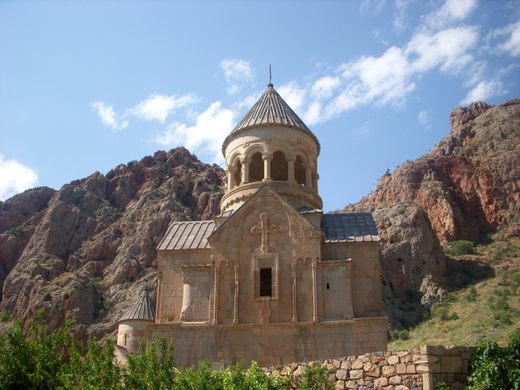

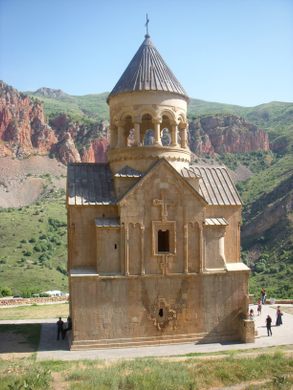
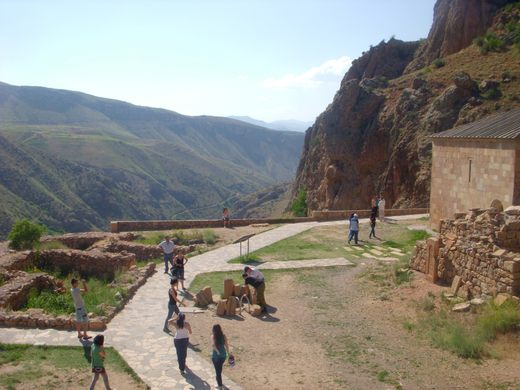
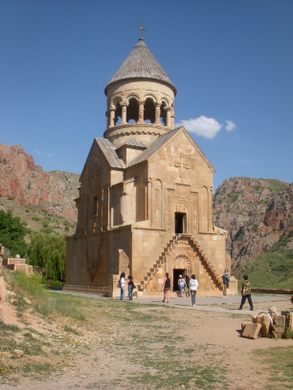
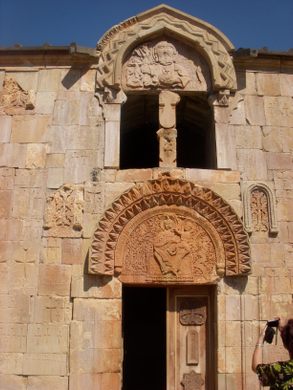
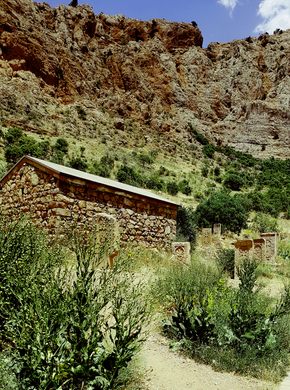
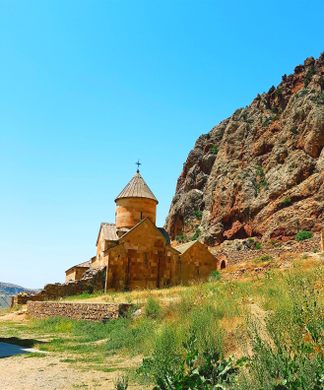
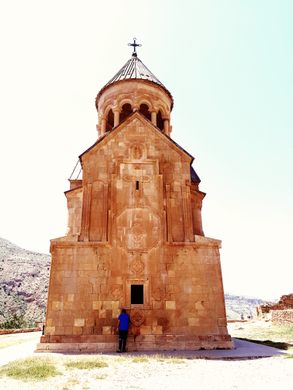





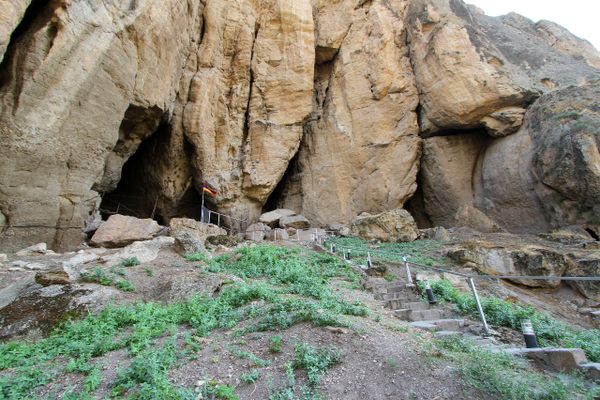
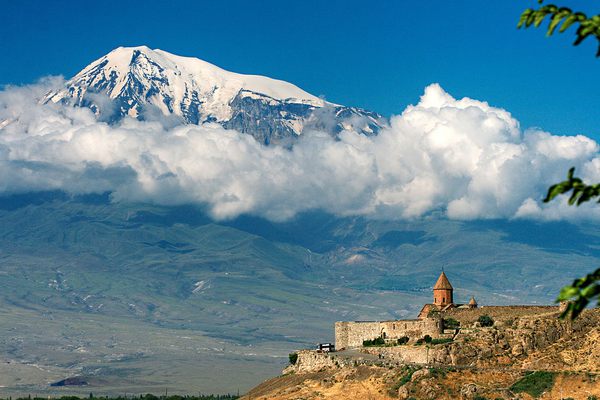

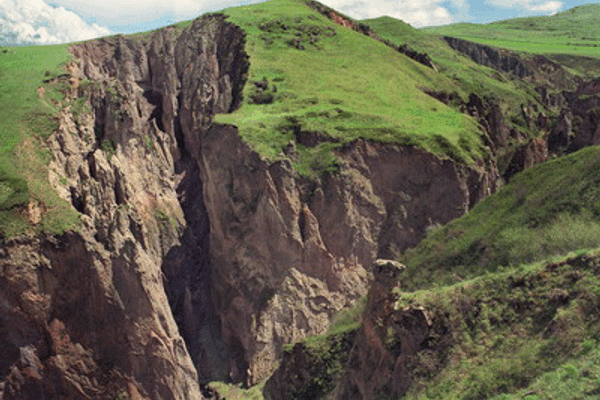
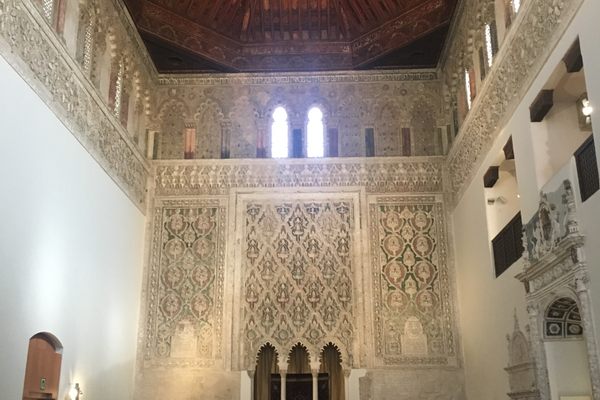
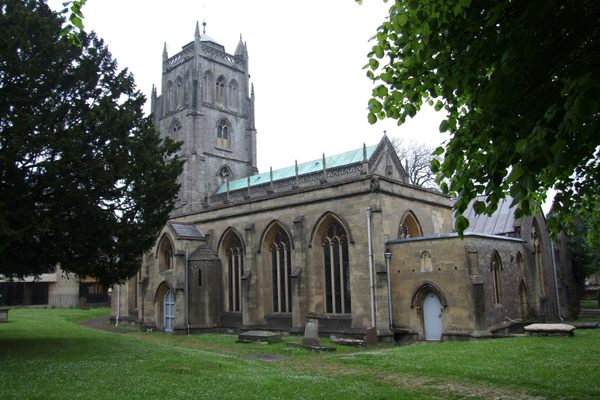
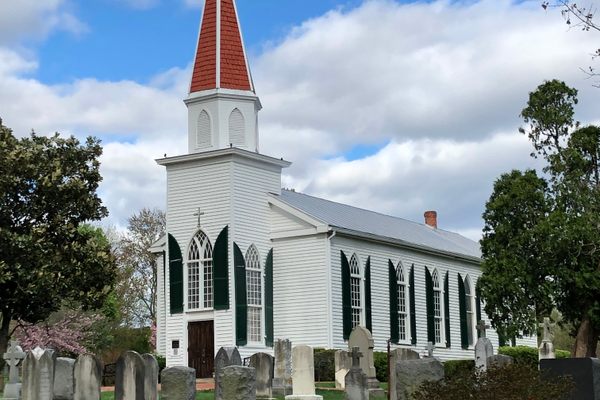


Follow us on Twitter to get the latest on the world's hidden wonders.
Like us on Facebook to get the latest on the world's hidden wonders.
Follow us on Twitter Like us on Facebook